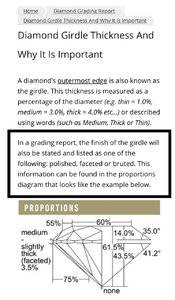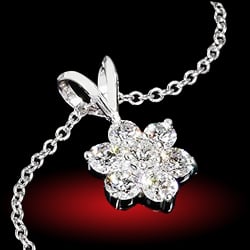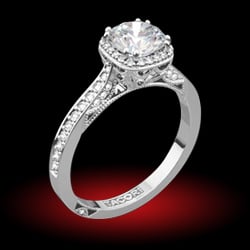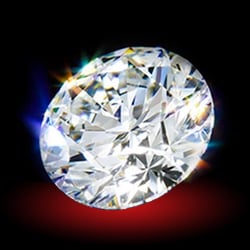Swirl68
Shiny_Rock
- Joined
- Feb 22, 2018
- Messages
- 187
When GIA does not state the finish of the girdle what are we to assume about the finish?
I didn’t want to hijack another poster’s thread, so thought maybe it would be best to start my own for this question.
I was reading the following post that included a picture of a GIA certificate.
https://www.pricescope.com/communit...on-the-dimensions-of-this-round-stone.250043/
I usually don’t pay much attention to the finish of a girdle as it almost always says “faceted”. But this particular certificate had no description of its finish. The OP was advised by another poster that this girdle was unfinished. Is that the same as “bruted”? A quick Google search led me to the basic three girdle types (faceted, polished, and bruted) but GIA says they will note the type on the certificate. Why would there be no note and what are we to assume about its finish then? This is all so interesting, as I had not paid a lick of attention to this before.

I didn’t want to hijack another poster’s thread, so thought maybe it would be best to start my own for this question.
I was reading the following post that included a picture of a GIA certificate.
https://www.pricescope.com/communit...on-the-dimensions-of-this-round-stone.250043/
I usually don’t pay much attention to the finish of a girdle as it almost always says “faceted”. But this particular certificate had no description of its finish. The OP was advised by another poster that this girdle was unfinished. Is that the same as “bruted”? A quick Google search led me to the basic three girdle types (faceted, polished, and bruted) but GIA says they will note the type on the certificate. Why would there be no note and what are we to assume about its finish then? This is all so interesting, as I had not paid a lick of attention to this before.








300x240.png)